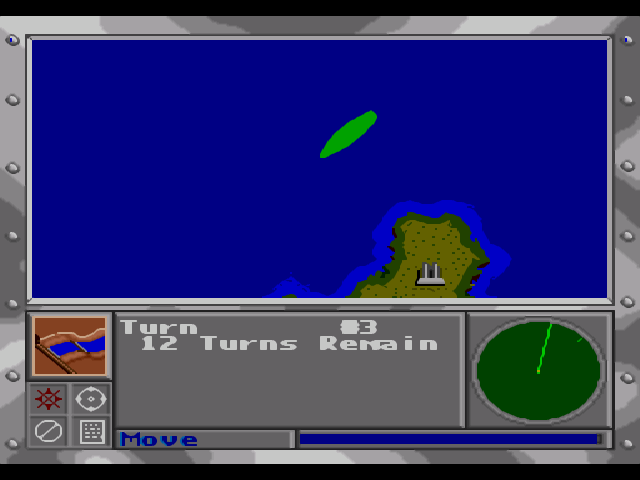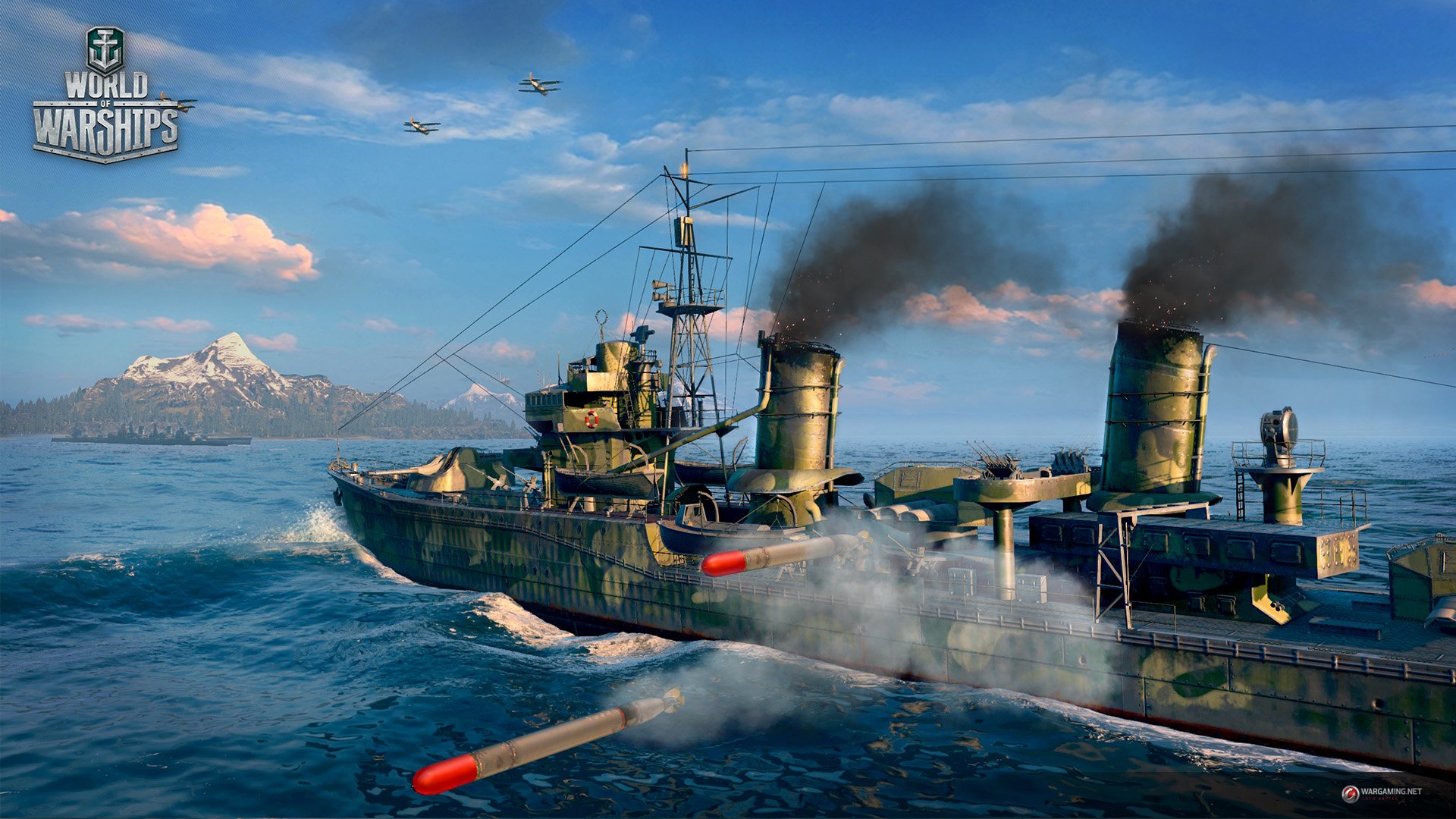

It might be helpful to delete the top half of it, making sure to replace the rangefinder and AA directors in the process. One issue is the pagoda mast, which adversely affects the stability of the ship. If you really wanted modify the historic shape of the Yamato, there are a few possibilities. The task force was spotted south of Kyushu by US submarines and aircraft, and on 7 April 1945 she was sunk by American carrier-based bombers and torpedo bombers with the loss of most of her crew. In a desperate attempt to slow the Allied advance, Yamato was dispatched on a one-way mission to Okinawa in April 1945, with orders to beach herself and fight until destroyed, thus protecting the island. The Japanese turned back after American air attacks convinced them they were engaging a powerful US carrier fleet.ĭuring 1944, the balance of naval power in the Pacific decisively turned against Japan, and by early 1945, its fleet was much depleted and badly hobbled by critical fuel shortages in the home islands. Navy's Task Force 77, "Taffy 3", in the Battle off Samar. While threatening to sink American troop transports, they encountered a light escort carrier group of the U.S. The only time Yamato fired her main guns at enemy surface targets was in October 1944, when she was sent to engage American forces invading the Philippines during the Battle of Leyte Gulf. Although present at the Battle of the Philippine Sea in June 1944, she played no part in the battle.

Musashi took over as the Combined Fleet flagship in early 1943, and Yamato spent the rest of the year, and much of 1944, moving between the major Japanese naval bases of Truk and Kure in response to American threats. Throughout 1942, she served as the flagship of the Combined Fleet, and in June 1942 Admiral Isoroku Yamamoto directed the fleet from her bridge during the Battle of Midway, a disastrous defeat for Japan. She was laid down in 1937 and formally commissioned a week after the Pearl Harbor attack in late 1941. Named after the ancient Japanese Yamato Province, Yamato was designed to counter the numerically superior battleship fleet of the United States, Japan's main rival in the Pacific. She and her sister ship, Musashi, were the heaviest and most powerfully armed battleships ever constructed, displacing 72,800 tonnes at full load and armed with nine 46 cm (18.1 in) Type 94 main guns, which were the largest guns ever mounted on a warship. Yamato (大和, "Great Harmony") was the lead ship of her class of battleships built for the Imperial Japanese Navy (IJN) shortly before World War II. However, due to her main armament, she is only available to those with access to emeralds She sports a formidable heavy AA battery, as well as her three massive 46 cm triples. The Yamato is one of the largest ships available in the store, and easily has the most firepower.

15.5 cm Gun x 225 mm Triple AT/AA x 4946 cm Triple Gun x 3


 0 kommentar(er)
0 kommentar(er)
